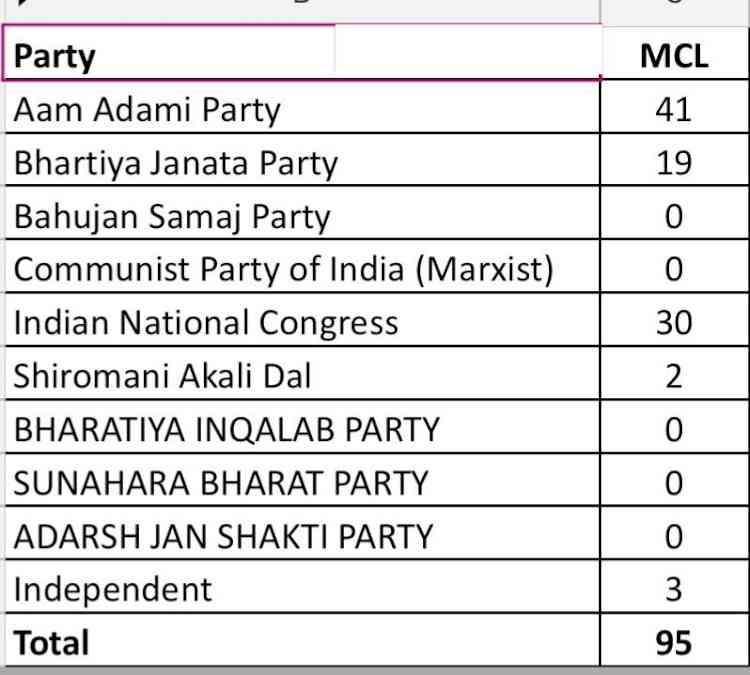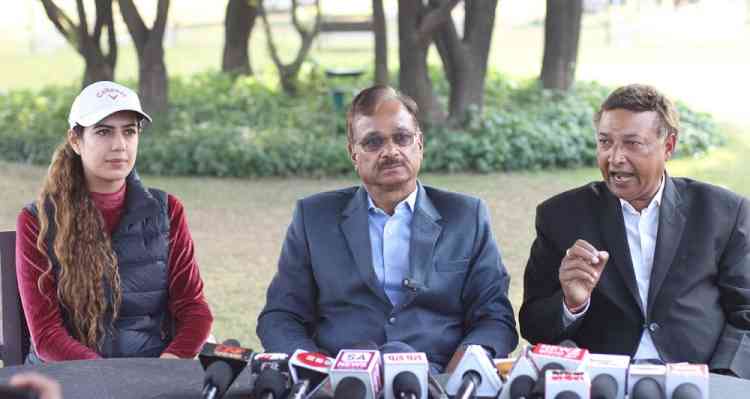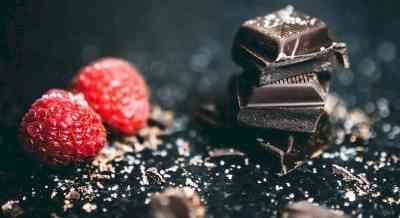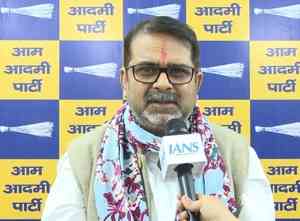Special care required for fish farming in winter – Vet Varsity Expert
Unlike terrestrial livestock, fish is a cold-blooded animal and its body temperature decreases with decline in environmental temperature during winters. Hence, optimal water depth of 6 feet shall be maintained in the pond to provide comfortable hibernating space to fish in the middle and bottom water zones; besides adding tube well water at dusk to keep the surface water warm, especially when water temperature falls below 15°C, informed Dr. Meera D. Ansal, Dean, College of Fisheries, Guru Angad Dev Veterinary and Animal Sciences University.
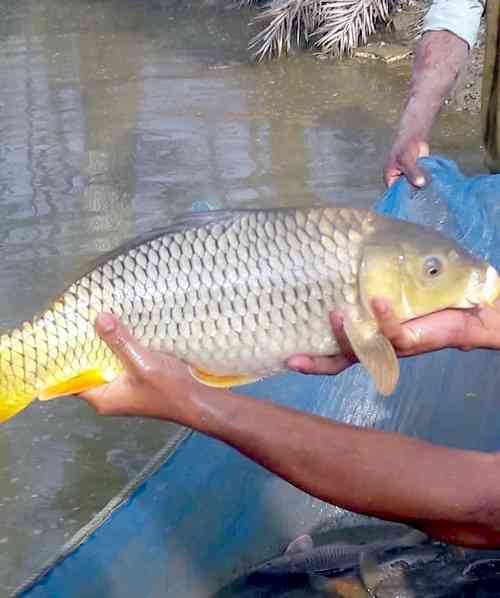
Ludhiana, November 14, 2014: Unlike terrestrial livestock, fish is a cold-blooded animal and its body temperature decreases with decline in environmental temperature during winters. Hence, optimal water depth of 6 feet shall be maintained in the pond to provide comfortable hibernating space to fish in the middle and bottom water zones; besides adding tube well water at dusk to keep the surface water warm, especially when water temperature falls below 15°C, informed Dr. Meera D. Ansal, Dean, College of Fisheries, Guru Angad Dev Veterinary and Animal Sciences University.
Day length, light intensity and hence, photosynthetic activity decreases during winters, which lowers dissolved oxygen content in the water, particularly during continuous foggy days. Hence, farmers shall aerate the ponds either by adding fresh water or by using aerators, specifically during dawn and monitor the water pH during continuous foggy days, which may fall to detrimental levels due to poor photosynthetic activity and subsequent accumulation of carbon dioxide. If the water pH falls below 7.0, add lime @ 100kg/acre in two installments.
Trim the nearby trees (especially deciduous trees), so that direct sunlight could fall over the pond and leaves do not fall into the pond and deteriorate the water quality. As fish activity and feed intake decreases with temperature decline, reduce fish feeding gradually by 25-75% and finally stop when water temperature falls below 10°C. Excess feed remains unconsumed; accumulates at the pond bottom; and deteriorates the water quality. Further, reduce/stop adding organic manures in the pond, which increases the organic load due to reduced microbial activity. Application of inorganic fertilizers (Urea/DAP) is also not recommended, which may boost algal blooms instantly and block sunlight penetration into the water. Algal blooms can be controlled by application of either lime @ 50-100 kg/acre (only if water pH is < 8.5) or potassium permanganate (KMnO4) @ 2-3kg/acre.
During winters, various fungal, bacterial and parasitic diseases like fin rot, gill rot, ulcers and argulosis may appear in the fish. Apply CIFAX @ 400 ml/acre, KMnO4 @ 1-2 kg/acre, limestone @ 50-100 kg/acre or turmeric powder @ 500 gm/acre to prevent fin/gill rot and ulcers. Application of salt @ 50-100 kg/acre is also effective against parasites and fin/gill rot, while deltamethrin @ 15 ml/acre (with a fortnightly booster dose) controls argulus parasite. Use reflecting tapes, nylon thread/net covers, sound or bird scares to keep predatory birds away from the pond. Marketable size carp fish (>500g) shall be harvested during winters (November to February) to create enough space for stocking of the next crop in March/April. However, complete harvesting of winter sensitive Pangas catfish shall be done before 20th November to prevent any unforeseen stock loss due to mortality.


 City Air News
City Air News 



